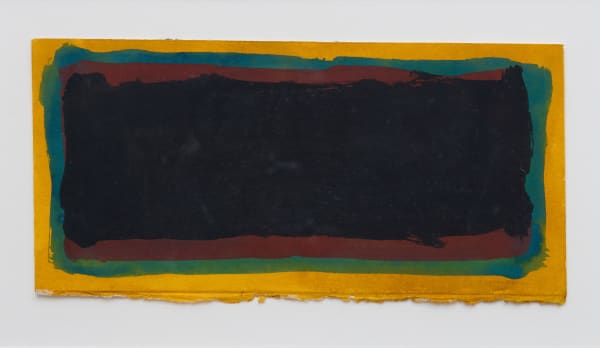Sol LeWitt American, 1928-2007
Sol LeWitt was born in Hartford, Connecticut, in 1928. Raised by his mother after his father’s death, he was encouraged to draw from a young age. After studying Fine Art at Syracuse University, he served in the U.S. Army in Korea and Japan, experiences that sharpened his sensitivity to structure and repetition. Moving to New York in the 1950s, he worked as a graphic designer at the Museum of Modern Art, where he befriended artists of the burgeoning Minimalist movement.
By the mid-1960s, LeWitt had become a leading figure in Conceptual Art. Rejecting the notion of the artist as craftsman, he argued that “the idea becomes a machine that makes the art.” His Wall Drawings—realised by others according to his precise written instructions—redefined authorship and transformed art into a system of thought rather than manual execution. The drawings, composed of simple lines, geometric forms, and evolving patterns, explore the infinite variations that can emerge from finite rules.
Over five decades, LeWitt created an extraordinary body of work spanning drawing, sculpture, photography and printmaking. His Structures, austere yet lyrical frameworks of cubes, reveal a fascination with order, rhythm and spatial harmony. A quiet and intensely principled figure, he preferred collaboration and anonymity to celebrity, seeing art as a communal rather than personal act.
He exhibited internationally, including at the Venice Biennale and Documenta, and received the Praemium Imperiale for Sculpture in 2000. Sol LeWitt died in New York in 2007.

